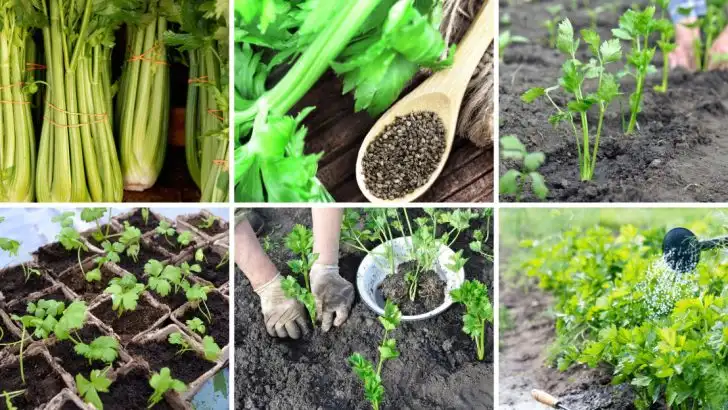Celery isn’t the flashiest thing in the garden, but it’s one of those kitchen staples that always seems to run out right when you need it. The good news is, it’s easier to grow at home than most people think—and you don’t need a huge yard or fancy setup to keep a steady supply going.
From re-growing scraps to starting it from seed, celery is surprisingly forgiving once you understand its quirks. It does like things a certain way—cooler temps, steady moisture—but once you get into the rhythm, it’s pretty satisfying to harvest your own crisp stalks instead of adding yet another bunch to your grocery list.
Choose the Right Variety
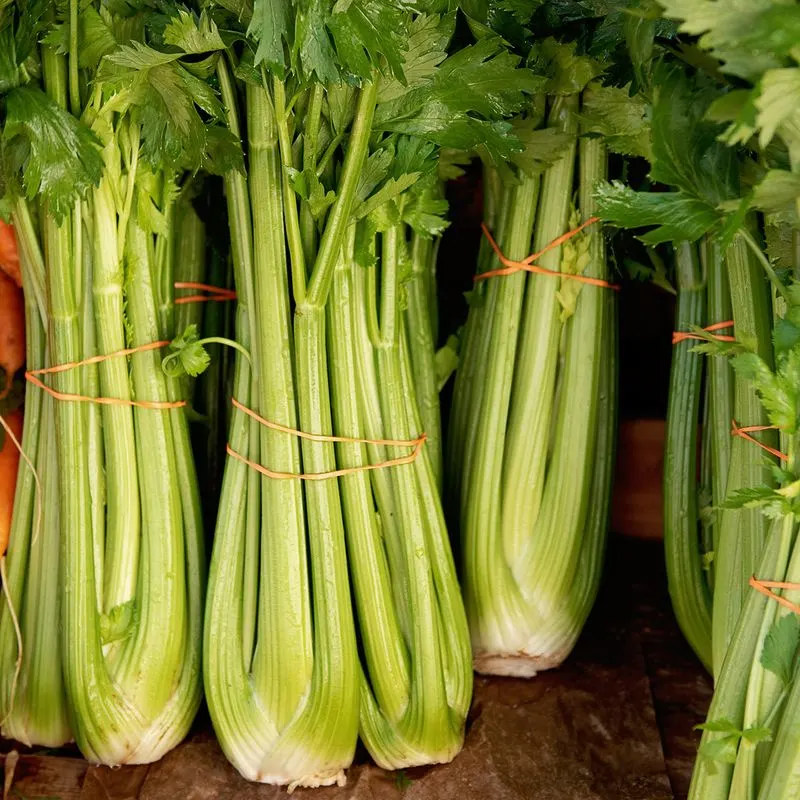
Choosing the right celery variety is crucial for a successful harvest. Varieties like ‘Tango’ are known for their sweet flavor and tender stalks, while ‘Conquistador’ is celebrated for its tolerance to heat, perfect for warmer climates.
If you prefer a self-blanching type, ‘Golden Self-Blanching’ offers convenience with its naturally pale stalks that need less sunlight management. Selecting a variety suited to your climate and taste preferences will set the stage for a bountiful and satisfying harvest of home-grown celery.
Start with Quality Seeds
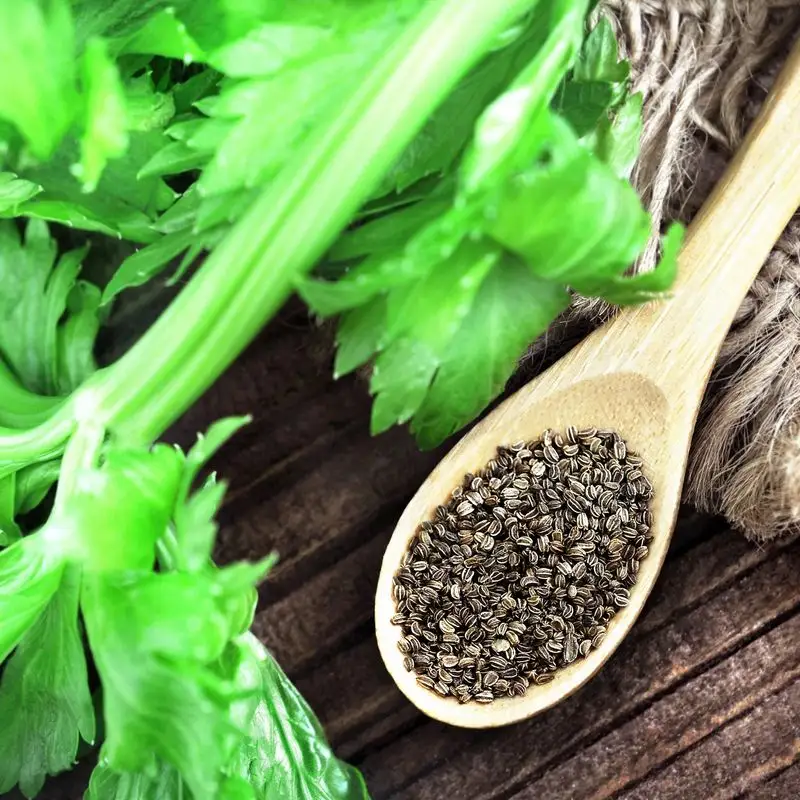
Quality seeds are the foundation of a thriving celery crop. When beginning your celery-growing journey, invest in high-quality, organic seeds from a reputable supplier.
This simple step ensures healthy germination and robust plants, leading to a more successful cultivation experience. Consider sourcing seeds from local growers to enhance adaptability to your region’s climate conditions. Your dedication to starting with premium seeds will pay off in the form of vigorous, flavorful stalks.
Use Rich, Moist Soil
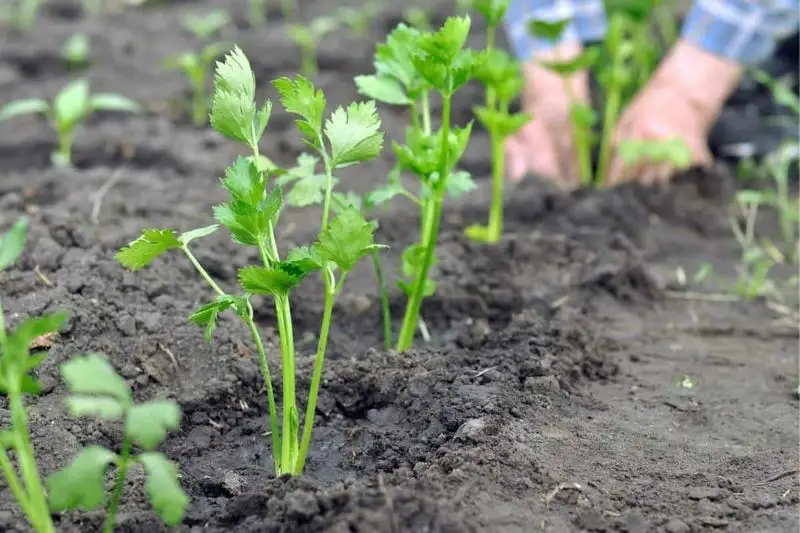
Celery flourishes in soil that is both rich and consistently moist. Incorporating organic matter such as compost or well-rotted manure enriches the soil with essential nutrients.
This boosts overall plant health and productivity. Maintaining soil moisture is equally important, as celery’s shallow roots can quickly dry out. Regular watering and mulching help retain moisture, providing an optimal growing environment. Crafting the perfect soil conditions is key to nurturing lush and healthy celery plants.
Germinate Seeds Indoors
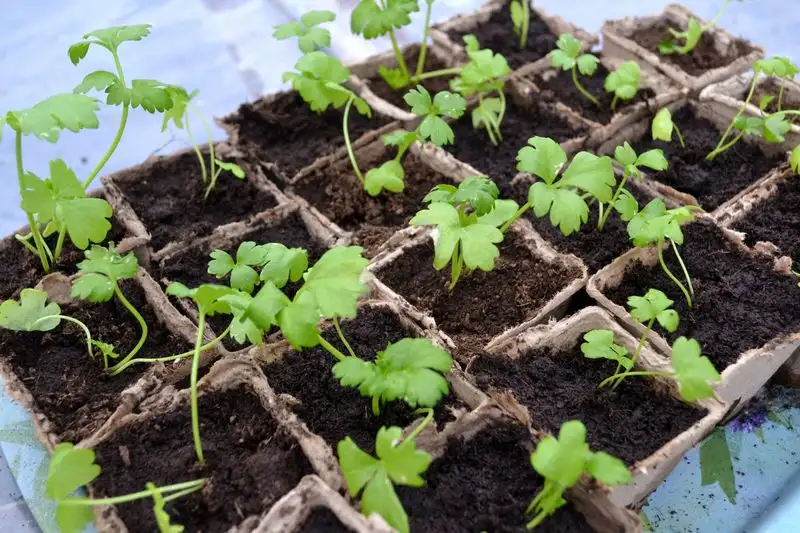
Starting celery seeds indoors gives them a head start, especially in cooler climates. Use seed trays filled with a light potting mix, placing them on a sunny windowsill.
The warmth encourages germination, while the controlled environment guards against unpredictable weather. Transplant the seedlings outdoors when they reach about 4 inches tall and after the threat of frost has passed. This method enhances your chances of a successful yield by nurturing the plants’ early stages.
Transplant with Care

Transplanting celery seedlings into your garden requires gentle care. Ensure the garden bed is well-prepared, with loose, nutrient-rich soil.
Lift each seedling carefully, preserving the root structure, and plant them about 8 inches apart. This spacing allows for proper air circulation and growth. Transplant on a cloudy day or in the late afternoon to reduce transplant shock, giving your young celery the best start outdoors.
Consistent Watering Routine
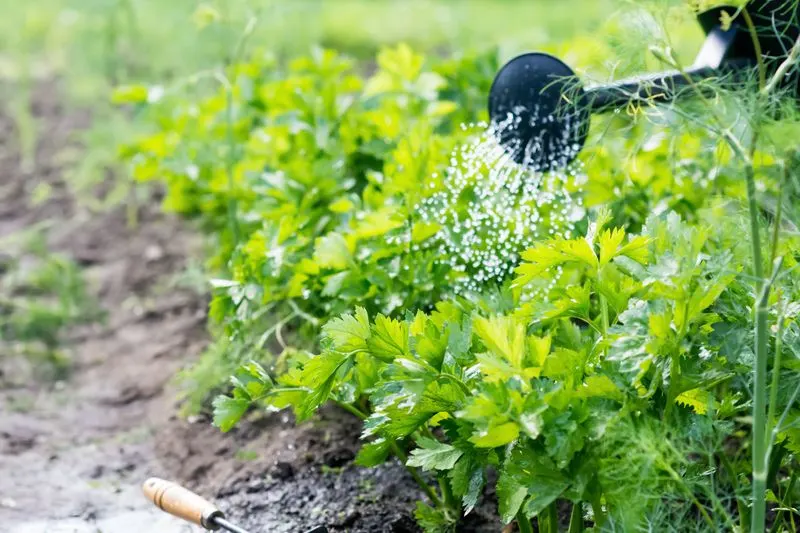
A steady watering routine is vital for celery’s success. These plants demand consistently moist soil to develop tender, flavorful stalks.
Using a drip irrigation system or a soaker hose can ensure even moisture distribution. Avoid letting the soil dry out completely, as this can stress the plants and affect taste. Establishing a consistent watering schedule not only maintains healthy growth but also aids in producing the crisp, succulent celery stalks you desire.
Harness the Power of Mulch
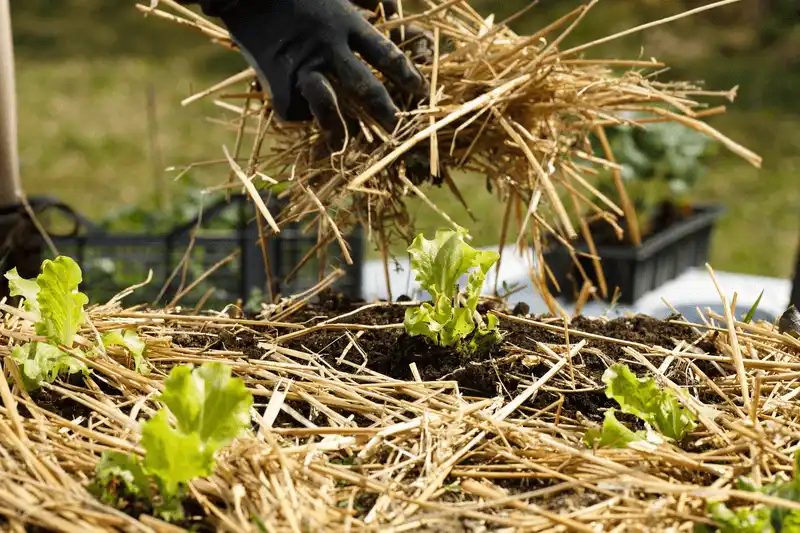
Mulch is a gardener’s ally in keeping celery plants hydrated and happy. Applying a layer of organic mulch, such as straw or shredded leaves, around your celery helps retain moisture and suppress weeds.
Mulch also moderates soil temperature, creating a stable environment for growth. By preventing soil from drying out, mulch reduces the frequency of watering, conserving resources while promoting vigorous plant growth. Using mulch is a strategic way to care for your celery.
Fertilize for Maximum Growth
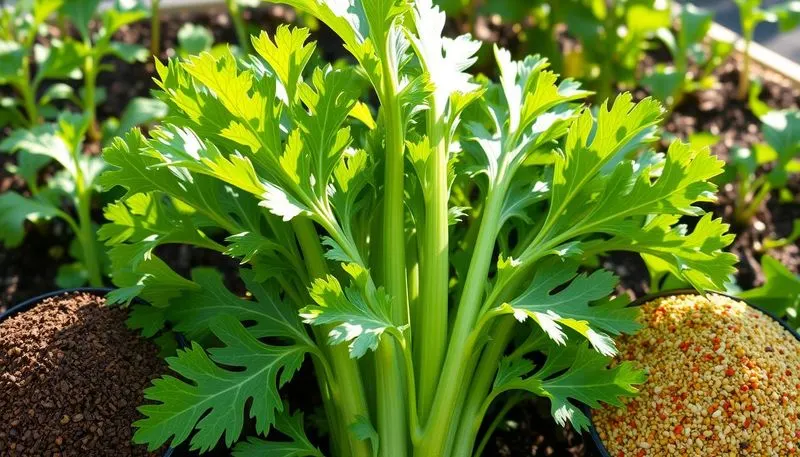
Fertilizing is crucial to achieving robust celery plants. Opt for balanced, organic fertilizers high in nitrogen to promote leafy growth.
Applying fertilizer every few weeks supports continuous nutrient availability. Be mindful not to over-fertilize, as this can lead to excessive foliage at the expense of stalk production. With the right nutrients, your celery will develop strong stems, ready for harvest.
Practice Regular Weeding
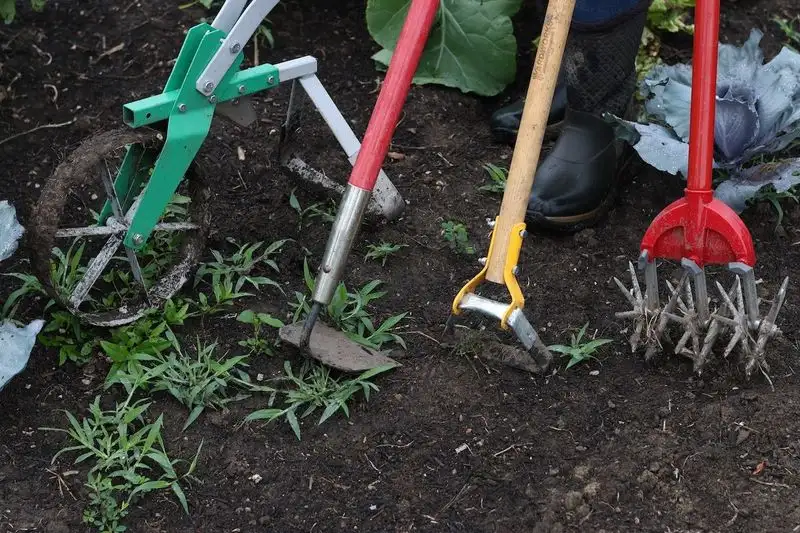
Weeds compete with celery for nutrients and water, making regular weeding essential. Clear weeds regularly, particularly in the early stages of growth.
This prevents them from establishing and competing with your young plants. Hand weeding or using a hoe carefully around the celery is effective. A weed-free garden bed supports celery’s healthy development, leading to a more fruitful harvest.
Pest Control Measures
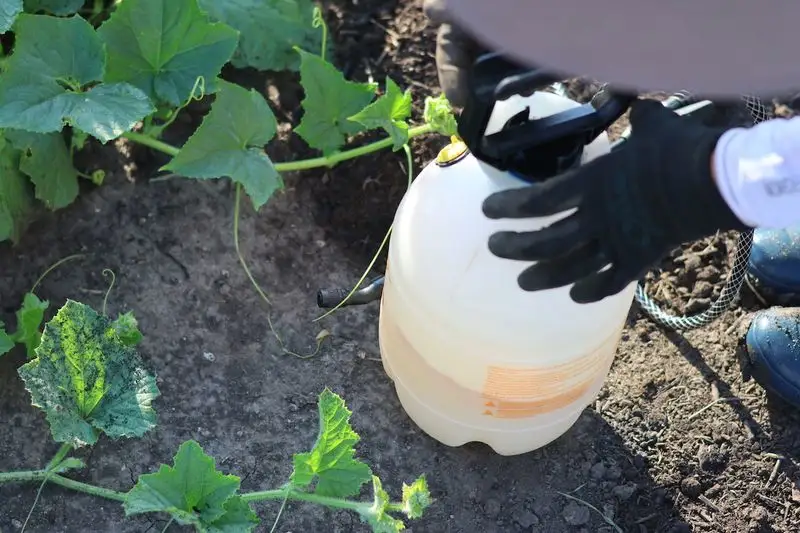
Pests can pose challenges to celery growth, but proactive measures keep them at bay. Encourage beneficial insects like ladybugs and lacewings to inhabit your garden, as they naturally manage pest populations.
If pests become problematic, consider organic solutions such as insecticidal soap or neem oil. Regularly inspect plants for signs of infestation, taking early action to protect your crop. Maintaining a balanced ecosystem in your garden aids in thwarting pests effectively.
Shade Management

Managing sunlight exposure is vital for celery, which prefers partial shade in hot climates. If natural shade is scarce, use shade cloth to protect plants during peak sun hours.
This reduces heat stress, preventing wilting and bolting. Proper shade management ensures the celery remains crisp and flavorful, particularly in areas with intense sunlight. Balancing light exposure keeps your plants thriving and productive.
Blanching Techniques
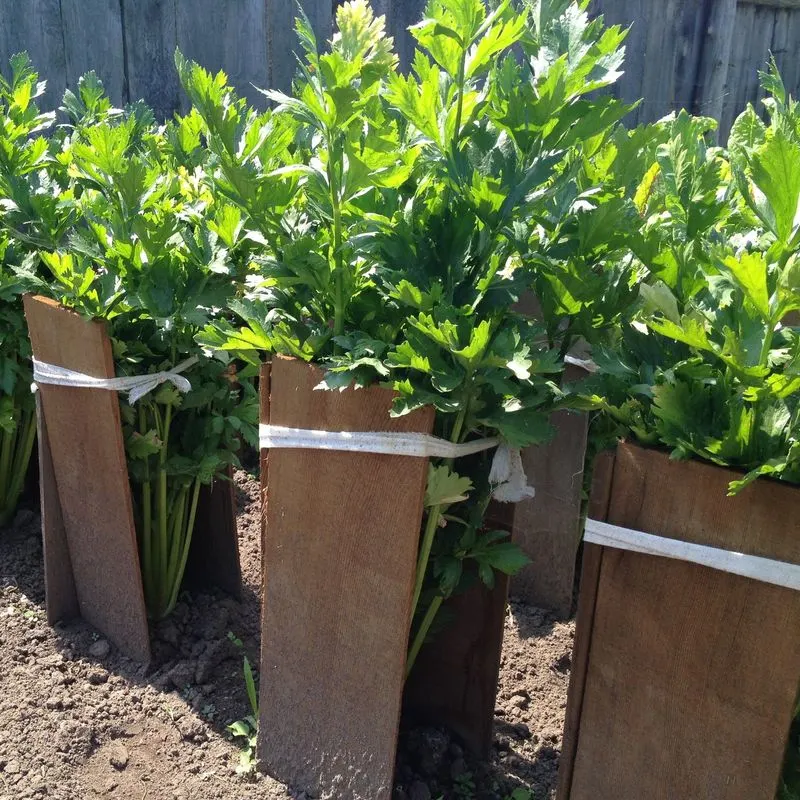
Blanching celery enhances its mild flavor and tender texture by reducing sunlight exposure to the stalks. Employ techniques like wrapping stalks with cardboard or using self-blanching varieties to achieve this effect.
This process also reduces bitterness, making the celery more palatable. By controlling sun exposure, you cultivate celery that is both pleasing to the eye and satisfying to the palate, perfect for any culinary creation.
Harvesting at the Right Time
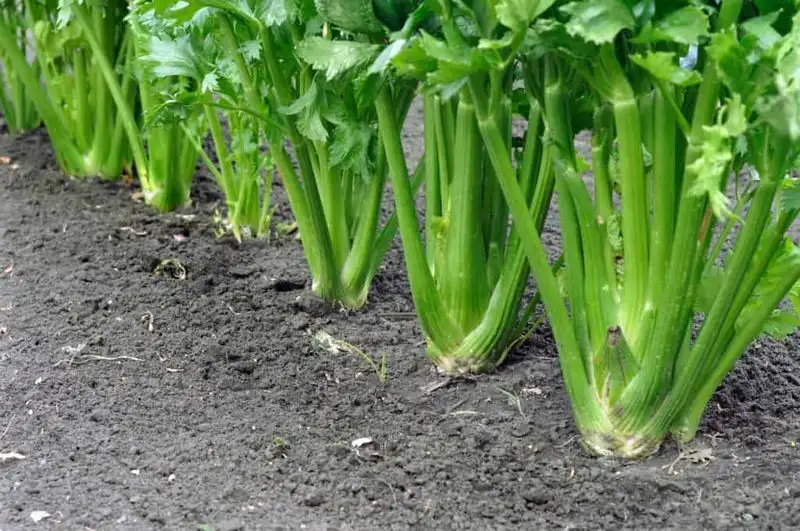
Knowing when to harvest is key to enjoying celery at its peak. Stalks are ready when they reach 8 to 10 inches in height and feel firm to the touch.
Harvest in the morning when moisture content is highest, ensuring crispness. Use a sharp knife to cut stalks at the base, allowing new shoots to emerge. Timely harvesting not only enhances flavor but also encourages ongoing growth, providing a continuous supply of fresh celery for your kitchen.
Saving Seeds for Future Planting
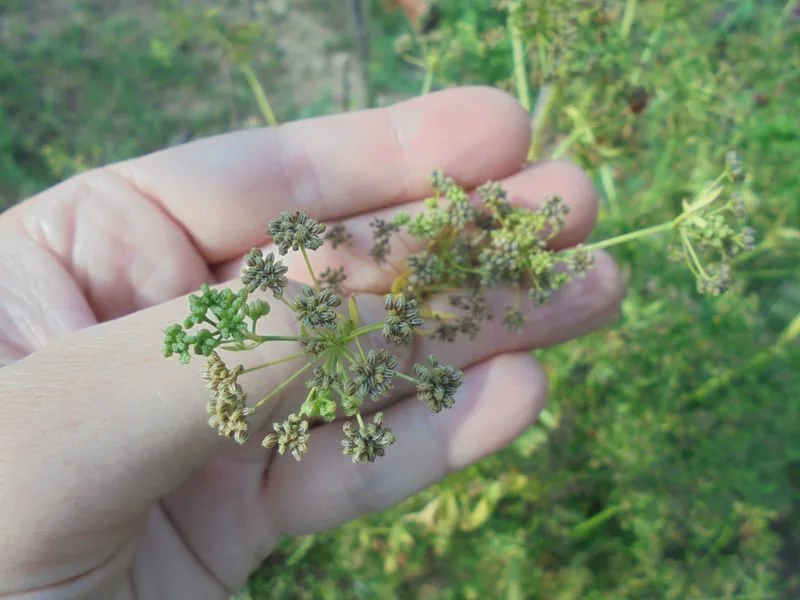
Saving seeds from your celery plants ensures a sustainable cycle of growing. Allow some plants to mature and produce seed heads, then collect and dry these seeds for future sowing.
This practice not only reduces costs but also preserves celery varieties that thrive in your garden conditions. Store the seeds in a cool, dry place, and you’ll have a head start for the next planting season, further cementing your self-sufficient gardening efforts.
Embrace Companion Planting
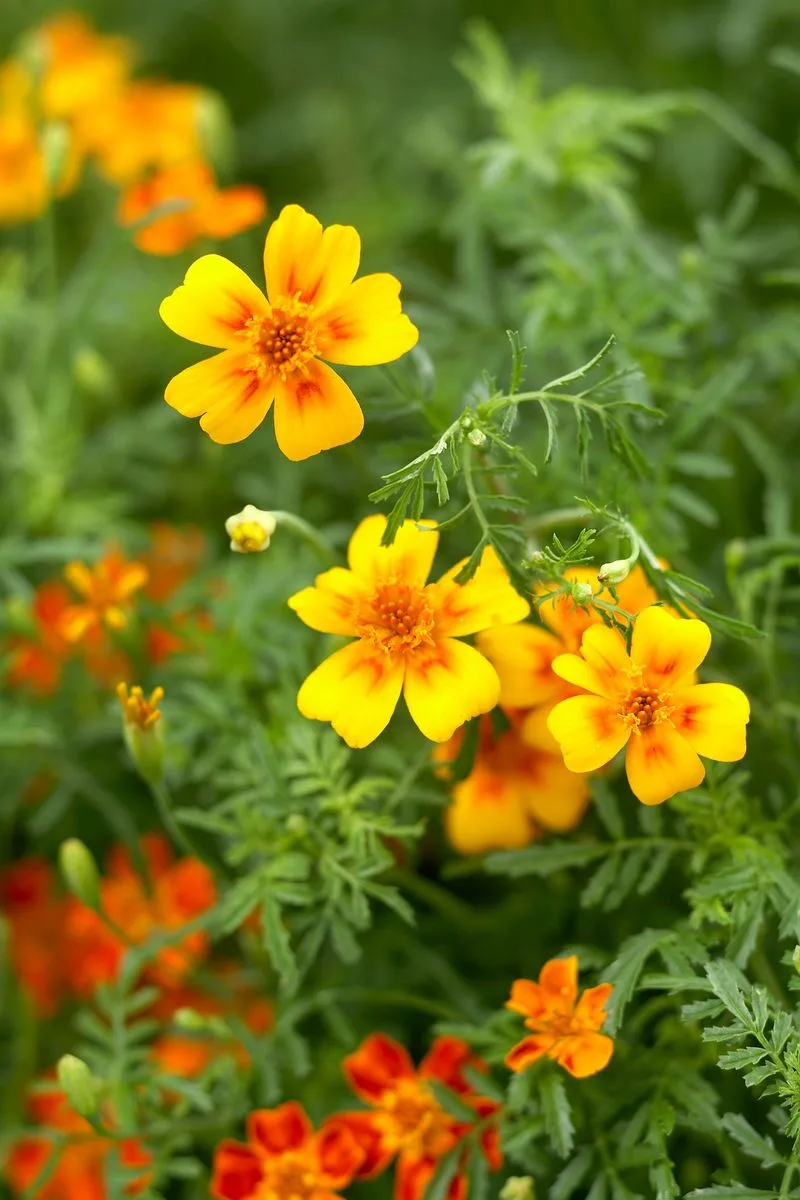
Companion planting with celery can boost growth and deter pests. Planting celery alongside marigolds and onions enriches the garden ecosystem.
Marigolds repel nematodes, while onions deter pests that might otherwise plague your celery. This symbiotic relationship enhances overall garden health and productivity. By embracing companion planting, you create a harmonious and flourishing garden environment.

